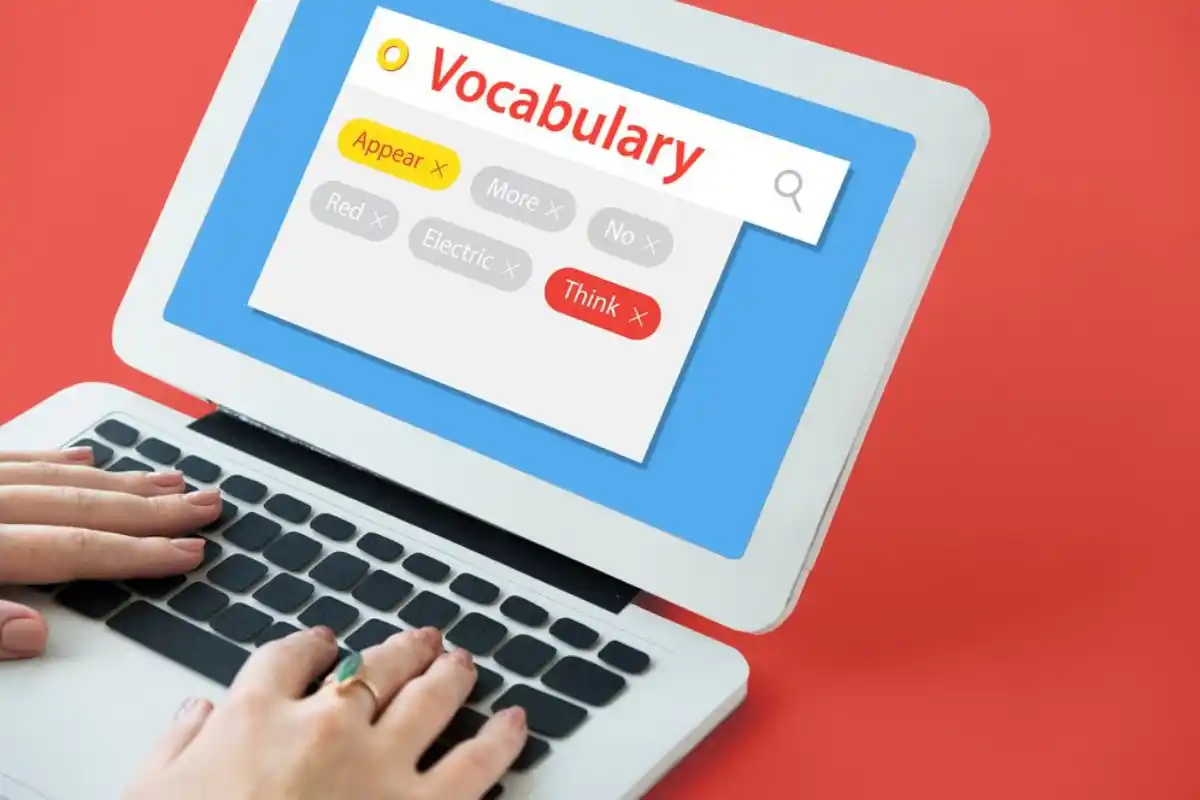The Education Blog

Exploring Cultural Immersion for Language Mastery
Learning a language is sometimes tedious; it often feels technical. You learn vocabulary by heart, do grammar drills, listen to audio exercises. These are important components, but in truth language mastery extends well beyond rote memorisation. It’s about nuance, context and culture. One of the best things you can do to improve your language learning is to immerse yourself in the culture.
Studying French in Paris, Mandarin in Shanghai, or Spanish in Mexico City immerses you in the language and culture. This experience makes you engage in a more authentic and intuitive way. In this guide, we look at why cultural immersion works well. We also discuss how to pursue it both abroad and at home. Plus, we share practical tips to help you add it to your learning routine.
What Is Cultural Immersion?
Cultural immersion means getting involved in the daily life, customs, and values of another culture. This helps you understand it better. Immersion in language learning means being surrounded by the language in daily life. It’s best when that language is the main way people communicate.
This could mean:
- Living with a host family in another country
- Participating in local festivals, markets, or community events
- Watching films, reading newspapers, or listening to music in the target language
- Interacting daily with native speakers
Immersion offers a setting where people learn a language naturally and in context, instead of just through classroom activities.
Why Cultural Immersion Enhances Language Mastery
1. Accelerated Vocabulary Acquisition
Hearing a word in a meaningful context, like ordering coffee or asking for directions, helps it stick better. Real-life experiences reinforce memory through emotional and sensory connections.

2. Improved Pronunciation and Intonation
Living in a culture exposes you to native accents, speech rhythms, and colloquialisms. Mimicking these helps you speak more fluently and sound more authentic.
3. Understanding of Idiomatic Expressions
Idioms and slang rarely translate well. Immersion helps you learn the everyday, informal language that native speakers use. This is key for sounding natural and understanding conversations.
4. Cultural Context for Language Use
Language is deeply intertwined with culture. Certain phrases or grammar structures make sense only within a cultural framework. Immersion helps you understand when and how to use particular forms appropriately.
5. Increased Motivation and Confidence
Being in an environment where you must use the language to function pushes you out of your comfort zone. As you face these challenges, your confidence increases. This also makes you more willing to take risks when speaking.
Different Ways to Experience Cultural Immersion
You don’t need to move abroad permanently to benefit from cultural immersion. You can find different levels of exposure to fit any budget, schedule, and comfort.
1. Study Abroad Programmes
Many universities offer exchanges that last a semester or a year in countries where the target language is spoken. These programmes combine academic learning with day-to-day immersion.
Benefits:
- Structured learning with native instructors
- Social opportunities with local students
- Exposure to cultural customs and national perspectives
2. Homestays and Language Retreats
Living with a local family is one of the most effective forms of cultural immersion. Alternatively, language immersion camps or retreats offer intensive, focused programmes in relaxed settings.
Benefits:
- Daily conversation in authentic contexts
- Cultural practices integrated into routine (e.g. shared meals, celebrations)
- More meaningful exposure than hotel or hostel accommodation
3. Work and Volunteer Abroad
You can teach English, work in hospitality, or volunteer for community projects. This way, you can live and work where the language is spoken.
Benefits:
- Practical language use in professional settings
- Broader exposure to regional dialects and cultural nuances
- Opportunities for long-term stay and personal growth
4. Digital Immersion from Home
Even if you’re not able to travel, technology can create immersive environments.
Options include:
- Watching films or series with subtitles in the target language
- Listening to podcasts or radio stations from native speakers
- Following social media influencers or news outlets in the language
- Engaging in language exchange through video calls with native speakers
Tip: Change your phone, browser, or app settings to your target language. Daily exposure builds familiarity with vocabulary and usage patterns.

Integrating Culture into Language Learning
Even structured lessons can benefit from a cultural dimension. Here’s how to weave culture into your everyday study habits:
1. Read Native Literature
Books, poetry, and short stories reflect the mindset, humour, and values of a culture. Even translated works can offer insight.
Start with:
- Children’s books for simple sentence structures
- Bilingual editions for side-by-side translations
- Audiobooks for pronunciation support
2. Cook Regional Cuisine
Following a recipe in your target language teaches both vocabulary and cultural tradition. You’ll learn measurement terms, ingredient names, and verbs related to cooking.
3. Celebrate Local Holidays
Taking part in national holidays, festivals, and traditions boosts our cultural knowledge. It also brings in new words related to these events.
Examples:
- Día de los Muertos in Mexico
- Lunar New Year in China
- Bastille Day in France
4. Write a Language Journal
Document your daily activities, thoughts, or goals in the target language. Thinking about your learning in a culturally aware manner strengthens your grasp of grammar and new vocabulary.
Challenges of Cultural Immersion and How to Overcome Them
While immersive experiences are powerful, they can also be overwhelming. Spotting common challenges and knowing how to tackle them makes for a better and more enjoyable experience.
1. Culture Shock
Being in an unfamiliar environment can lead to confusion, homesickness, or anxiety.
Solution: Be patient with yourself. Embrace discomfort as part of growth, and seek support from fellow learners or locals.
2. Fear of Making Mistakes
Worrying about grammar or pronunciation can hold you back from speaking.
Solution: Shift your mindset from perfection to progress. Most people appreciate the effort and are happy to help you improve.
3. Difficulty Understanding Accents or Speed
Native speakers often speak quickly or use unfamiliar dialects.
Solution: Ask them to repeat or slow down. Listening to local media regularly will also improve your comprehension.
4. Maintaining Consistency
It’s easy to fall back into your native language, especially in tourist areas or within expat communities.
Solution: Set clear goals and seek out situations where the target language is required. Avoid English-speaking circles when possible.

Measuring Progress Through Immersion
Unlike classroom learning, immersion provides real-world evidence of improvement.
Indicators you’re making progress:
- You can hold conversations without translating in your head
- You understand local jokes, idioms, or references
- You catch yourself thinking or dreaming in the target language
- You feel more comfortable correcting your own mistakes
Keep track of milestones in a notebook or app. Celebrate achievements such as confidently ordering a meal, watching a film without subtitles, or navigating public transport successfully.
Immersion as the Path to Fluency
Language is much more than words — it is the articulation of a people’s identity, past and worldview. When you immerse yourself in a culture, you don’t just learn to communicate — you learn to connect. You also acquire empathy, perspective, fluency, and greater global diversity.
Immersion, at home or abroad, accelerates fluency and enhances confidence in learning a language. You become not just a better speaker, but also a more world-wise global citizen.”
Take action today! Join a conversation group, watch a film in the native language, or plan a study trip abroad. The road to language mastery begins not just with study—but with stepping into someone else’s world.









